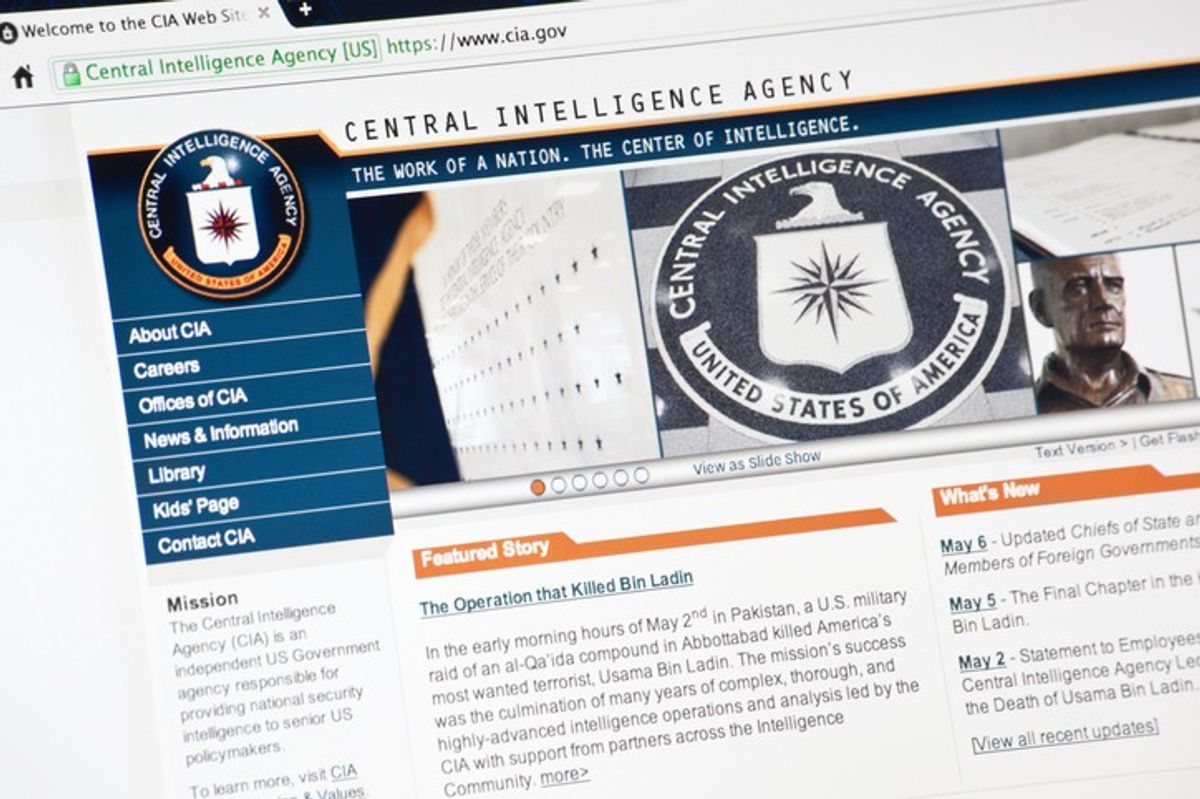It seems like drones are everywhere now. They started decades ago as a military tool, but today drones are very much a part of the commercial sector, creating a broad array of serious and novel regulatory challenges for the government. Unmanned aerial systems (UAS) began as military projects, used for reconnaissance as far back as the Vietnam War. Following the September 11 terrorist attacks, drones became a deeply integrated part of American force projection, no longer used just for surveillance, but also armed and able to strike terrorists. Now, drone technology has extended into the commercial sector and into the hands of private individuals. It is possible to buy a drone on the Internet for less than $50. This affordability has caused the market for drones to expand very quickly.
The rapid growth of the drone market has spread to a variety of new sectors. Amazon wants to use drones as delivery and logistics platforms. The videography industry has tapped into drone technology for filming everything from advertisements, to movies, to television, to news segments. There are some innovative agricultural applications for drone technology as well. Farmers can use small, cheap drones to monitor their crops, deliver pesticides in a more targeted manner, and gather data to enable more efficient use of resources in order to improve crop yields. Law enforcement agencies have also been using drones extensively. They help track fugitives, carry out search and rescue operations, watch the borders, and monitor animal populations to help fight illegal poaching activities.
However, the expanding usefulness of drone technology is not without its controversies. Significant safety concerns have been raised by reports of drones flying close to other aircraft and loitering near airports. Such instances have more than doubled since 2014. Additionally, fire fighters in California have complained that drones are interfering with their work. Water tanker aircraft have been grounded, because of fear they would collide with personal drones being used to film the wild fires ravaging the state. The Federal Aviation Administration has yet to set definitive regulations on how people and businesses can operate drones.
The use of drones by law enforcement has come under fire. Privacy advocates are concerned about the potential for abuse when drones are used for surveillance. And some critics are questioning the possible impact of a new law in North Dakota that allows the police to mount a less-than-lethal ordinance onto drones for use in police operations. Tear gas dispensers, sound cannons, or Tasers can be attached to drones. Critics point out that some less-than-lethal weapons can and have killed people in the past.
Unmanned aerial systems have the potential to change everyday life just as much as they have transformed the way America fights wars. However, the government has a monumental task ahead as it tries to regulate this massively growing industry to protect both public safety and privacy.
Luke Penn-Hall is an analyst with The Cipher Brief.











